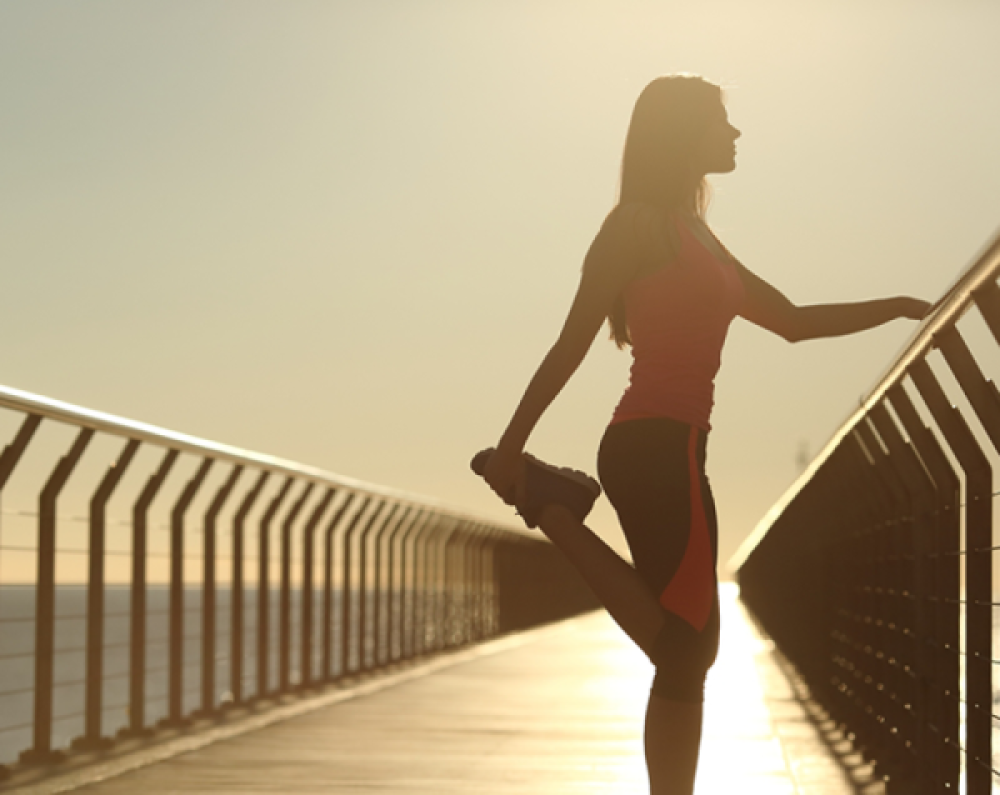In addition to obesity, diabetes, and heart disease, just sitting around may also cause anxiety. There are some easy ways, however, that you can incorporate movement into your day; it doesn’t take much to help lower your risk.
Anxiety and The Body
Anxiety is a common and growing problem worldwide, in Australia alone it affects 14% of adults. And it’s not just the everyday symptoms during our busy lives that we need to worry about, such as a racing heart or dry mouth. Anxiety is also linked to serious long-term illnesses such as heart disease and cancer, making it especially important for us to identify ways to reduce the risk of this serious illness.
Many studies have shown that sitting time (otherwise coined “sedentary behavior”) is associated with physical health problems like obesity, heart disease and type 2 diabetes, irrespective of how much physical activity people do. However, there has been little research into the link between sitting and mental health. Thus, the systematic review, from our team at Deakin University published recently in BMC Public Health, examined the relationship between sedentary behavior (i.e.sitting time) and anxiety.
The primary finding was that prolonged sitting, which can include activities such as sitting on the phone, watching TV, working on a computer and sitting in the car, is linked to an increased risk of anxiety in adults and children. Bad news for many people these days – especially with the growth of video streaming services like Netflix and Hulu.
Easy Ways to Reduce Sitting and Get Moving for Brain Health
Although sitting for longer periods during the day was linked to higher levels of anxiety symptoms, there are many easy ways, other than rigorous exercise or marathon running or hitting the gym, that people can use to reduce sitting in their busy lives. For example, here are a few easy tips inspired by the review:
-
- Stand up when you talk on your cell phone, as opposed to sitting, and walk around a little.
- Get up and get a glass of water every hour.
- Go talk to a colleague or friend in person instead of sending them that e-mail or text.
- Stand up during a television commercial and get another glass of water. (Hydration is great for the body and mind)
- On long airplane flights, don’t just sit and play games or watch movies or read an e-book; get up and walk the aisle every hour.
The Underlying Research
My colleagues and I from Deakin University’s Centre for Physical Activity and Nutrition Research (C-PAN) analyzed the results and quality of nine international studies that specifically examined the association between sitting time and anxiety. The studies varied in how they classified “sitting time”, which included television viewing/computer use, as well as total sitting time.
First, they found that only nine studies have investigated the link between sitting time and anxiety risk, indicating that more research needs to be done in the area. Secondly, they found that sitting for longer periods during the day was linked to higher levels of anxiety among kids and adults. More specifically, in the majority of the studies, an increase in just sitting around was found to be connected with a higher risk of anxiety, although the evidence about TV and computer use was not as compelling.
So what does this signify? It means that even if you are active and go for a walk after work everyday, if you sit for long periods during the day (e.g. your job is an office job or if you tend to sit on the couch for the rest of the night after work or after school), then you might potentially be at a higher risk of anxiety.
Only a few studies have been conducted, and much of the evidence was cross-sectional, so it’s not clear which comes first – the anxiety or the sitting. Although unanswered questions remain, there is little doubt that there is a relationship between sedentary behavior and risk for anxiety.
Sources
https://www.biomedcentral.com/1471-2458/15/513
Dr Megan Teychenne is a behavioural epidemiologist and lecturer in Physical Activity and Health in the School of Exercise and Nutrition Sciences at Deakin University. She has a rapidly growing profile nationally and internationally for her research in the area of physical activity, sedentary behaviour and mental illness (particularly anxiety and depression), with a key focus on targeting ‘at-risk’ population groups including women (including postpartum and prenatal women) and socio-economically disadvantaged adults. Dr Teychenne has published over 20 highly cited peer-reviewed articles, book chapters and reports on various topics in her field and presented her research at more than 15 local, national and international scientific conferences. She currently serves on the editorial board of Mental Health and Physical Activity and is a member of the local organising committee for the International Congress of Behavioral Medicine (Melbourne).



